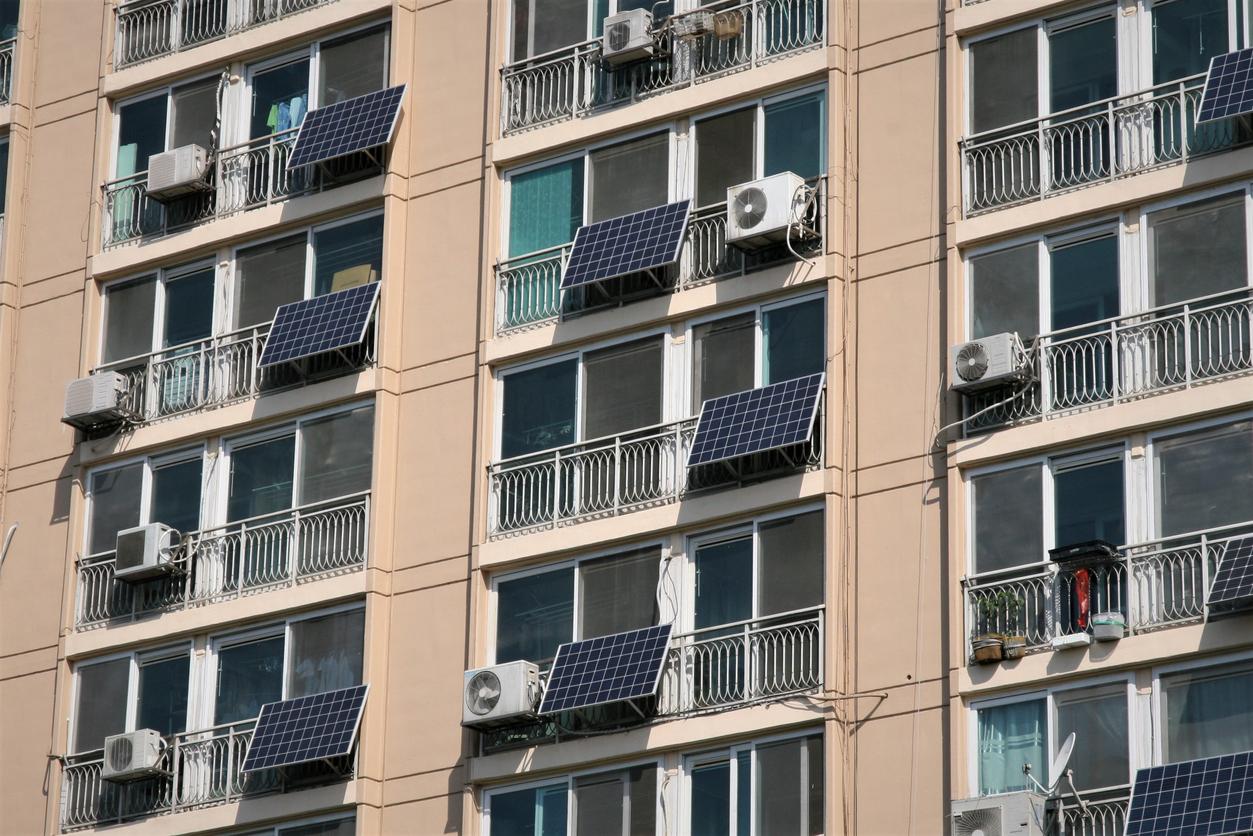In this episode of Sustainability Leaders, James Burrow, sat down with Aaron Berg, head of the Building Retrofits Initiative at Canada Infrastructure Bank; Martha Campbell, Principal of Carbon Free buildings at the Rocky Mountain Institutes; and Matt Golden, CEO of Recurve, an energy efficiency services company located in California to discuss accelerating deep energy retrofits to buildings in Canada.
Sustainability Leaders podcast is live on all major channels, including Apple and Spotify.
